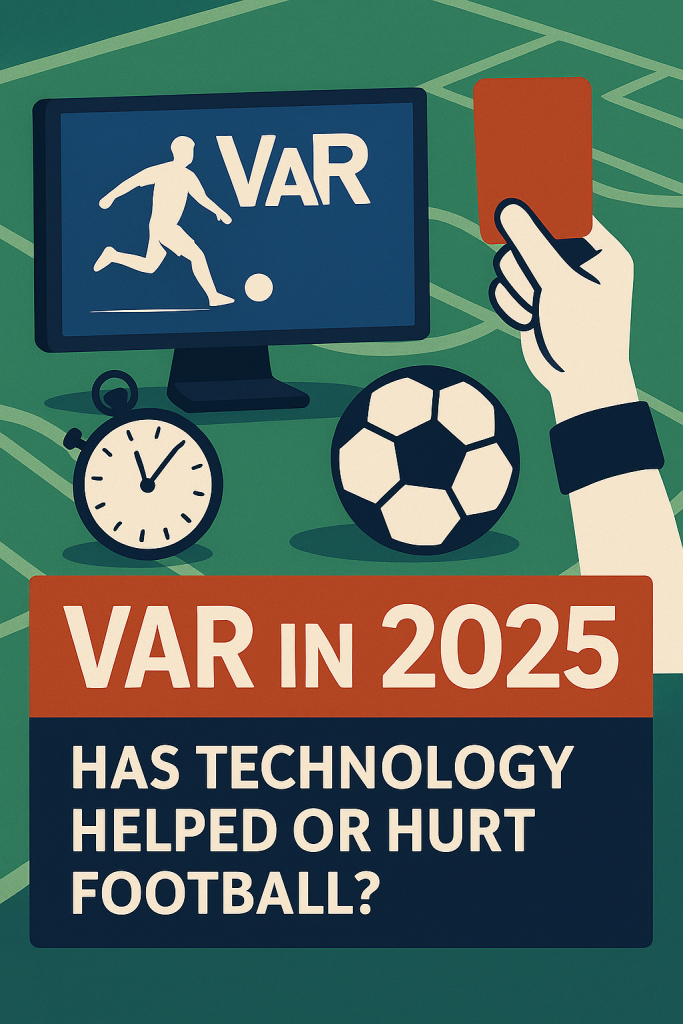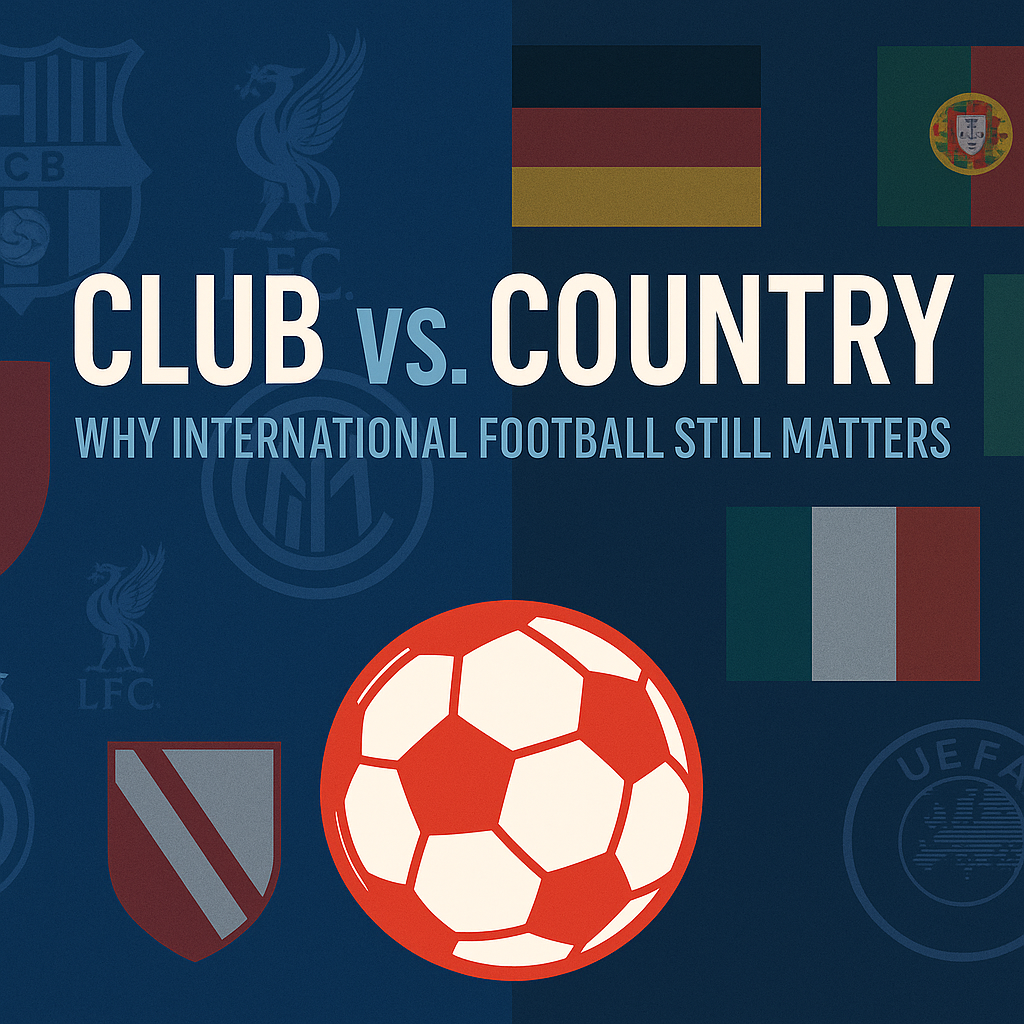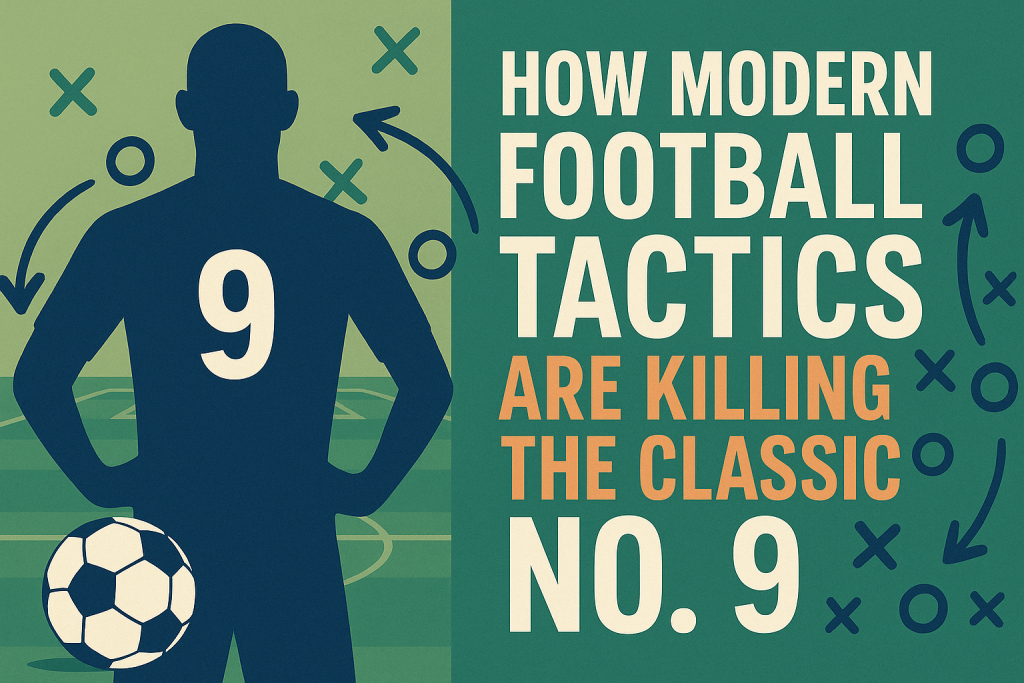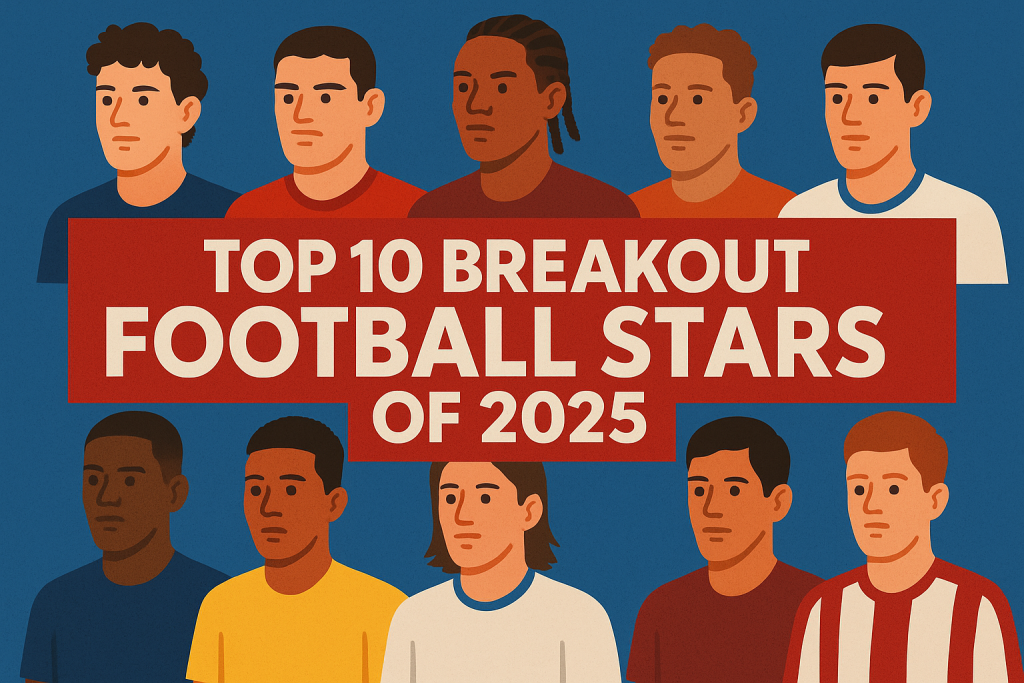VAR in 2025: Has Technology Helped or Hurt Football?

Five years after its global adoption, we examine how VAR has reshaped football — for better and for wors
When VAR (Video Assistant Referee) was first introduced, it promised fairness, accuracy, and a future free from howler decisions. But now, in 2025, the football world remains split.
While some hail it as a necessary evolution in a billion-dollar sport, others argue it has eroded the spontaneity, emotion, and flow that make football beautiful. This is a deep VAR review in 2025 — a balanced look at how technology has helped or hurt the game.
The Original Purpose of VAR
The International Football Association Board (IFAB) introduced VAR with four key use cases:
- Goals (offside, handball, fouls)
- Penalties
- Direct red cards
- Mistaken identity
The mission was clear: “minimum interference, maximum benefit.” But the reality has proven more complicated.
Where VAR Has Helped
Clear and Obvious Mistakes Are Corrected
Gone are the days when an offside goal from three yards stood unchallenged. VAR has:
- Erased blatant errors
- Reduced referee abuse
- Improved overall accuracy of decisions
Game-Changing Moments Now Reviewed
Major tournaments — World Cups, UEFA competitions, domestic finals — have benefited from added layers of scrutiny. Incorrect red cards and missed penalties are now rarer.
Player Behavior Has Improved
Knowing they’re always being watched, players have become:
- Less likely to dive
- More careful with tackles
- More respectful of boundaries
Where VAR Has Hurt Football
Delays Disrupt Match Flow
VAR checks can take 1–3 minutes, often with players and fans left in suspense. Momentum dies, and goals are celebrated twice — or not at all.
Marginal Offsides Undermine Logic
VAR’s obsession with millimetric offsides has:
- Disallowed goals for shoulders, toes, or armpits
- Frustrated fans and pundits alike
- Made “level is on” feel obsolete
Transparency Remains Lacking
Unlike rugby or cricket, football fans:
- Can’t hear what refs are reviewing
- Don’t always see the angle being used
- Get vague explanations after the match
Even in 2025, this hasn’t been fixed consistently across leagues.
Technology’s Broader Impact on Football Refereeing
VAR has made referees more reliant on video confirmation — some argue too reliant. On-field decision-making confidence has dropped in some cases, especially in younger or lower-league officials.
Still, VAR has inspired improvements in:
- Referee fitness and positioning
- Use of semi-automated offside tech (as used in the 2022 & 2023 FIFA tournaments)
- Referee communication training
What the Data Says (2025 Snapshot)
- 91% of reviewed VAR decisions in top leagues are deemed correct (source: IFAB 2025 report)
- Average VAR check time has dropped from 100s in 2021 to 62s in 2025
- Over 67% of fans still say VAR is “necessary but needs improvement” (UEFA fan survey)
Conclusion: Still a Work in Progress
VAR has absolutely improved fairness — but at the cost of rhythm, fan emotion, and simplicity. In 2025, it’s no longer a question of “should we use VAR?” but “how can we use it better?”
To truly help football, VAR must evolve with the same passion and precision the sport itself demands.





Responses